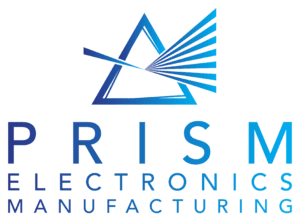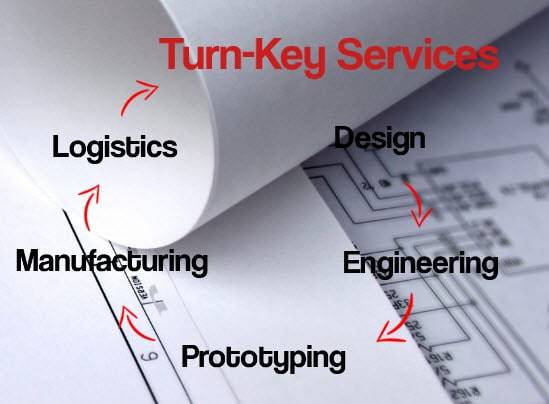In today’s rapidly evolving electronics industry, contract electronics manufacturing (CEM) plays a pivotal role in helping companies efficiently bring innovative products to market. From startups to established corporations, outsourcing the manufacturing of electronic components and devices has become a common practice. However, amidst the various aspects that make CEM successful, the importance of robust test facilities cannot be overstated. In this blog, we will delve into the significance of test facilities within contract electronics manufacturing and how they contribute to product quality, cost-effectiveness, and overall success.
Ensuring Quality Assurance
Quality assurance is a paramount concern for any electronics manufacturer. In CEM, where numerous components and assemblies are produced for diverse clients, maintaining high product quality is non-negotiable. Test facilities are essential for achieving this goal. These facilities employ various testing methods such as automated optical inspection (AOI), in-circuit testing (ICT) and functional testing to verify the integrity and functionality of electronic assemblies.
- Automated Optical Inspection (AOI): AOI systems use advanced cameras and software to inspect printed circuit boards (PCBs) and other electronic assemblies for defects, such as misalignment, soldering issues, and missing components. AOI helps identify problems early in the production process, reducing the likelihood of faulty products reaching the end-user.
- In-Circuit Testing (ICT): ICT is a crucial step in electronic manufacturing, where individual components and their connections are tested for electrical continuity and functionality. By identifying issues before products leave the manufacturing facility, ICT helps prevent costly recalls and warranty claims.
- Functional Testing: Functional testing evaluates whether the final product performs as intended under real-world conditions. It ensures that all components are working together seamlessly and meeting the specified requirements.
- It is also a benefit to have a supplier who has access to additional examination facilities, such as x-ray, for when sensitive material needs extra inspection. Having a good relationship with a trusted x-ray expert enhances the service you can offer to customers.
Cost-Effectiveness
While establishing and maintaining comprehensive test facilities may seem like a significant investment, it ultimately leads to cost savings in the long run. Here’s how:
- Early Issue Detection: Test facilities help identify and rectify defects at an early stage in the manufacturing process. This reduces the likelihood of producing large quantities of faulty products, which would necessitate costly rework or recalls.
- Improved Efficiency: Accurate testing ensures that only quality products are shipped, minimizing the need for rework or replacements. This, in turn, improves the overall efficiency of the manufacturing process.
- Enhanced Reputation: Consistently delivering high-quality products builds a positive reputation for CEM providers, attracting more clients and repeat business. A tarnished reputation due to subpar quality can result in significant financial losses.
Compliance and Regulatory Requirements
The electronics industry is subject to numerous regulations and standards, depending on the product’s application and intended market. Test facilities help CEM providers ensure that their products meet these requirements. Compliance with industry-specific standards such as ISO 9001, and IPC-A-610 (electronics assembly) is essential for both legal and competitive reasons. Ideally you want a supplier who has an IPC trainer on site to ensure continuous training takes place.
Conclusion
In the world of contract electronics manufacturing, test facilities are indispensable. They serve as the guardians of quality, ensuring that electronic assemblies and devices meet stringent standards and perform flawlessly in real-world conditions. By investing in robust test facilities, CEM providers not only reduce costs associated with defects but also enhance their reputation and competitiveness in the market. In an industry where innovation and efficiency are paramount, test facilities are a vital component of success, benefiting both manufacturers and the end-users of electronic products.




